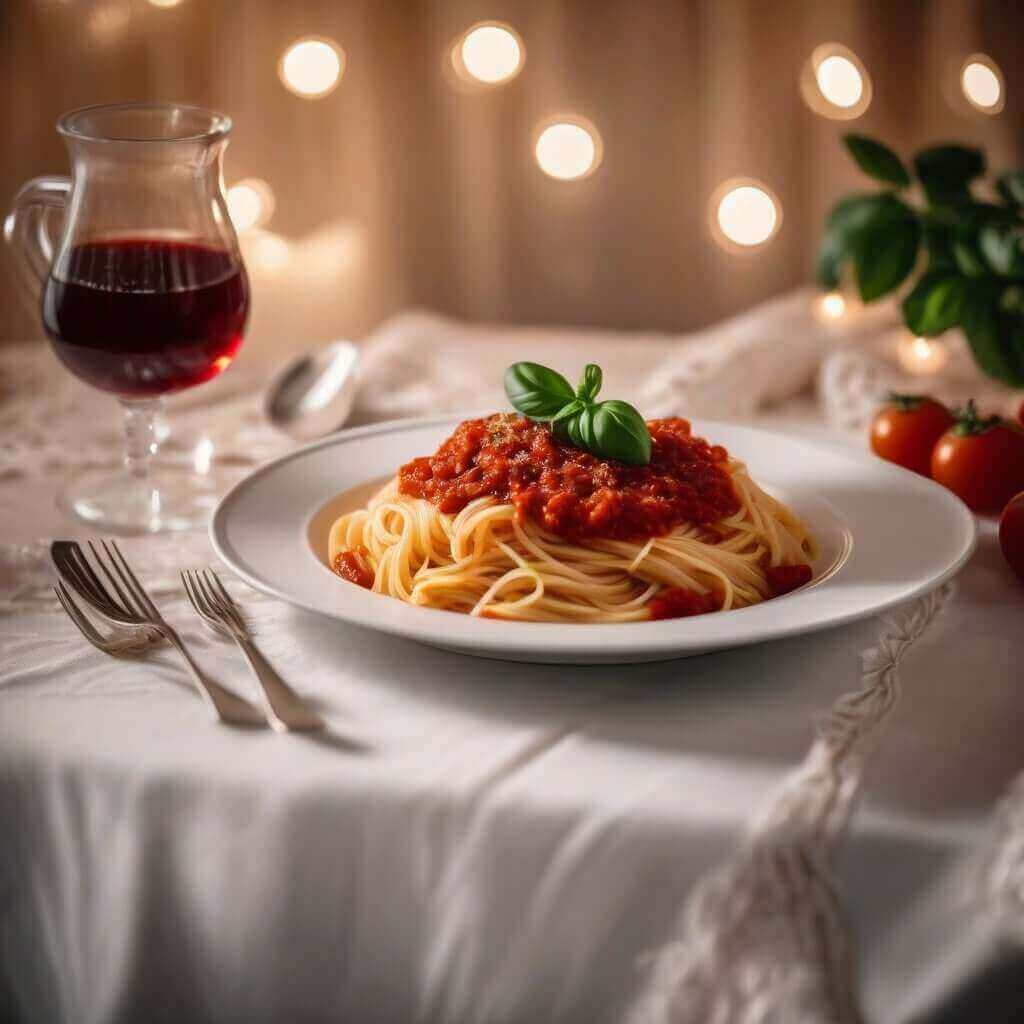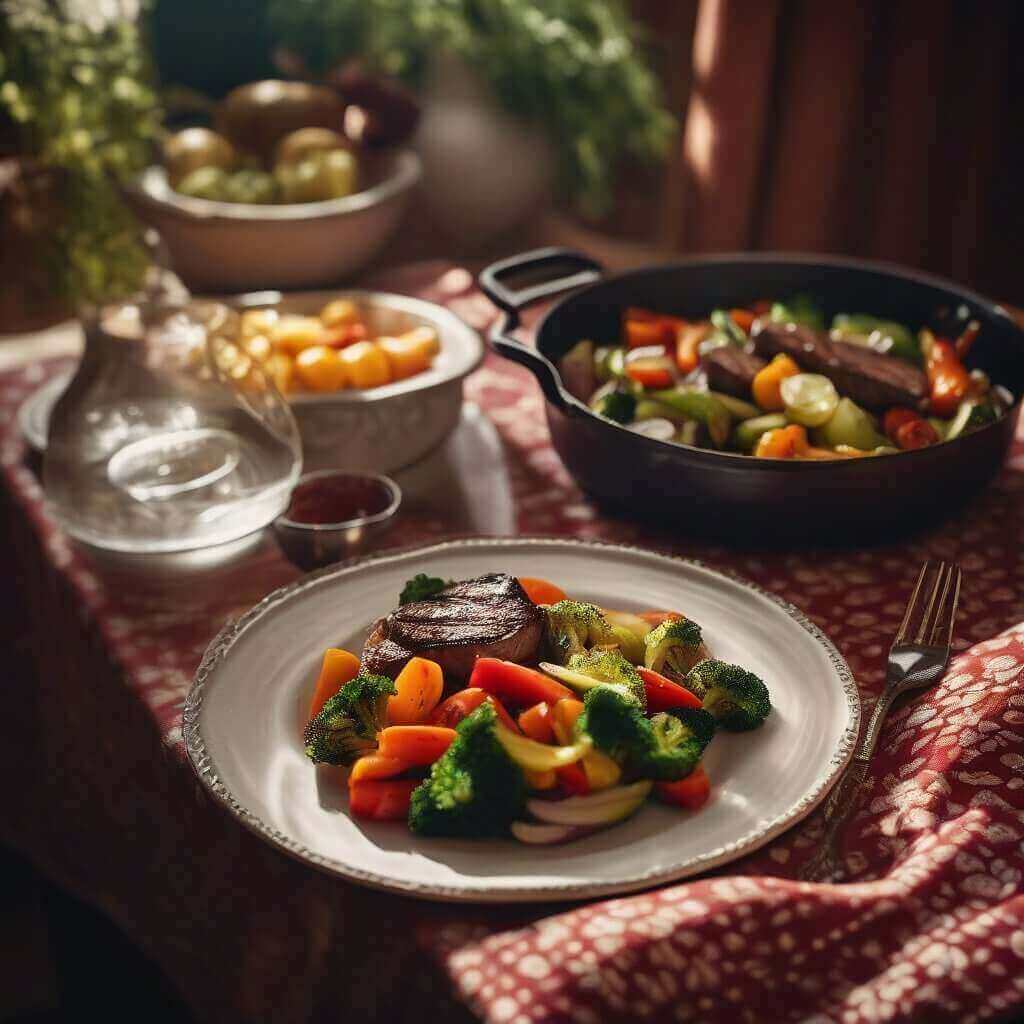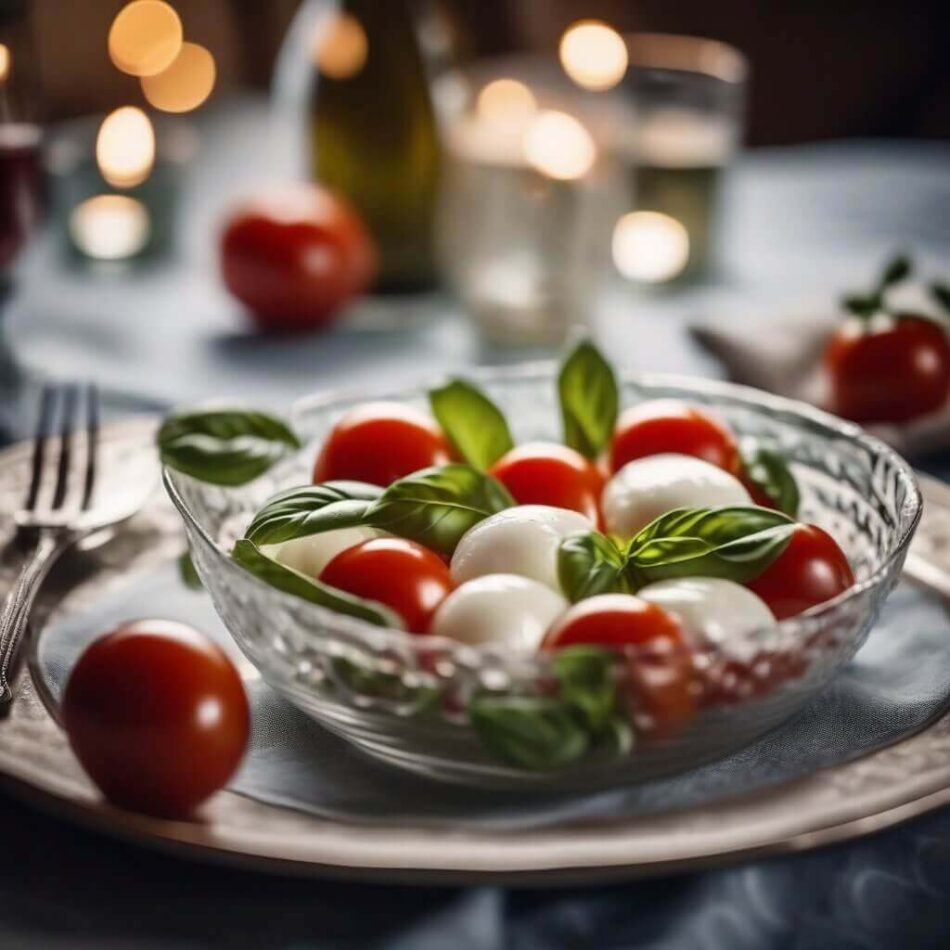Exploring the intricacies of culinary science, the age-old practice of pairing foods to enhance both […]
Exploring the intricacies of culinary science, the age-old practice of pairing foods to enhance both taste and nutritional value stands as a cornerstone in the tapestry of global gastronomic traditions. Across diverse cultures, time-tested guidelines have evolved, shaping culinary practices that prioritize the creation of well-balanced, satisfying, and nutrient-rich meals. The art of food pairing encapsulates a fascinating interplay of taste, tradition, and scientific principles.
Delving into this fascinating realm, our journey will unravel the complexities of what constitutes the ideal fusion of flavors and nutrients. From the aromatic symphonies of culinary traditions to the nutritional ballet that unfolds on our plates, understanding the significance of complementary nutrients and balanced flavor profiles is paramount in cultivating a holistic approach to eating.
As we navigate through this culinary landscape, we will shed light on the concept of nutrient synergy, where certain food combinations work synergistically to maximize the absorption and utilization of essential nutrients.
Exploring the amalgamation of culinary harmony and healthful choices, our discussion will encompass the importance of culinary pairings, the science behind optimal nutrition, and the delicious convergence of taste and well-being.

Join us on a gastronomic odyssey as we unlock the secrets behind flavorful nutrition, embracing the vast array of keywords such as food pairing, flavor combinations, nutrient synergy, balanced diet, culinary harmony, and more, to enrich your understanding of the art and science of harmonious food combinations.
The Science of Flavor Pairing
Flavor pairing is a key aspect of combining foods for a delightful culinary experience. Our taste buds are sensitive to five primary tastes: sweet, salty, sour, bitter, and umami. To create a harmonious flavor profile in a dish, it is often beneficial to combine ingredients that encompass a variety of these taste elements. This not only makes the food more enjoyable but also ensures that our bodies receive a balanced array of nutrients.
Sweet and Sour
One classic combination is sweet and sour. This pairing is not only pleasing to the palate but also scientifically sound. Sweetness is often associated with carbohydrates, and sourness with acids. When these two tastes come together, they balance each other out, creating a well-rounded flavor. For example, in a classic sweet and sour sauce, the sweetness of sugar or pineapple juice is counterbalanced by the tanginess of vinegar.
Salt and Fat
Another classic pairing is salt and fat. This combination has a deep-rooted evolutionary basis. Salt enhances the perception of flavors and makes food taste more savory, while fat provides a creamy, luxurious texture. When salt and fat come together, it can create an explosion of taste and a satisfying mouthfeel. Think of bacon and eggs or a well-seasoned steak.
Umami and Umami
Umami is often referred to as the “fifth taste.” It’s the savory, meaty, or brothy flavor found in foods like mushrooms, soy sauce, and Parmesan cheese. Combining ingredients rich in umami can create a symphony of flavors that is incredibly satisfying. For instance, the combination of mushrooms and Parmesan cheese in a risotto creates a profoundly savory and delightful dish.
Nutrient Synergy
Nutrient synergy is the idea that certain foods, when eaten together, enhance the absorption of essential nutrients. Here are a few examples of nutrient-rich food combinations that optimize nutritional benefits:
Iron and Vitamin C
Iron is a vital mineral for the body, and vitamin C helps enhance its absorption. Pairing iron-rich foods like spinach, lentils, or lean meats with vitamin C-rich foods like citrus fruits, bell peppers, or strawberries can improve the body’s ability to absorb iron, making it an essential combination for vegetarians and non-vegetarians alike.

Healthy Fats and Vegetables
Fats are necessary for the absorption of fat-soluble vitamins (A, D, E, and K). When you combine healthy fats such as olive oil, avocados, or nuts with vegetables rich in these vitamins, like carrots (vitamin A) or kale (vitamin K), you ensure your body reaps the maximum nutritional benefits.
Protein and Fiber
Proteins are essential for muscle repair and growth, while fiber aids digestion and keeps you feeling full. Combining sources of lean protein like chicken, beans, or tofu with fiber-rich foods such as quinoa, brown rice, or leafy greens creates a balanced meal that sustains your energy and supports your overall health.
Tradition and Culture
Food pairing isn’t just about science; it’s also deeply rooted in cultural and culinary traditions. Different cultures have developed their own unique pairings based on regional ingredients, historical influences, and cultural practices. Let’s explore some of these cultural food combinations and why they work.
Italian Pasta and Tomato Sauce
The combination of pasta and tomato sauce is a classic in Italian cuisine. The simplicity of pasta allows the rich, bold flavors of tomato sauce to shine. This pairing is also nutritionally balanced, with pasta providing carbohydrates for energy and tomato sauce offering vitamins and antioxidants.

Indian Lentils and Rice
In Indian cuisine, lentils and rice are often served together. This combination is a complete protein source, making it an essential pairing for vegetarians. The rice provides carbohydrates, while lentils offer protein, fiber, and various essential nutrients.

Japanese Sushi
Sushi is a perfect example of the art of food pairing in Japanese culture. The combination of vinegared rice, fresh fish, and a touch of wasabi creates a delicate balance of flavors and textures. The umami from the fish and the rice’s sweetness complement each other, while wasabi adds a hint of heat.
Complementary Colors and Textures
In addition to taste and nutrition, the visual appeal of a dish also plays a crucial role in food pairing. Combining ingredients with complementary colors and textures can make a meal more visually appealing and enjoyable. Here are some examples of how complementary colors and textures can elevate a dish:
Caprese Salad
A Caprese salad, with its vibrant red tomatoes, fresh green basil, and white mozzarella cheese, is a feast for the eyes. The contrasting colors and textures create an appetizing presentation that enhances the overall dining experience.
Stir-Fried Vegetables
A stir-fry featuring an assortment of colorful vegetables not only provides a visual feast but also a textural delight. The combination of crisp, crunchy vegetables with a flavorful sauce adds depth and excitement to the meal.

The Balance of Taste and Texture
Balancing taste and texture is essential in food pairing. A harmonious meal should offer a variety of sensory experiences. Here are a few key principles to keep in mind:
Contrast and Complement
Contrast and complement are two important concepts in food pairing. Contrasting flavors or textures, such as sweet and spicy or crispy and creamy, can create excitement and interest in a dish. On the other hand, complementary elements like salty and savory or smooth and silky can create a harmonious and balanced taste.
Building Layers of Flavor
Layering flavors is a technique used in cooking to add depth to a dish. For example, a well-prepared stew might start with a mirepoix (a mixture of onions, carrots, and celery) for a savory base, then build on that with herbs, spices, and meats to create a complex and flavorful combination.
Consider Cultural Traditions
Cultural traditions and regional flavors can provide valuable guidance for food pairing. Understanding the historical context of a dish and its cultural significance can help you appreciate the thought and care that goes into combining ingredients.
Food pairing is a blend of art and science, guided by principles of taste, nutrition, tradition, and cultural influence. It’s a practice that has evolved over time to maximize both the pleasure and nutritional benefits of a meal. Whether you’re looking to create a balanced, nutrient-rich dish or simply aiming to delight your taste buds, understanding what foods should be eaten together and why can enhance your culinary experience. So, the next time you’re in the kitchen or dining out, consider the principles of flavor pairing, nutrient synergy, and the traditions that make food a rich and enjoyable part of our lives.
/div>













